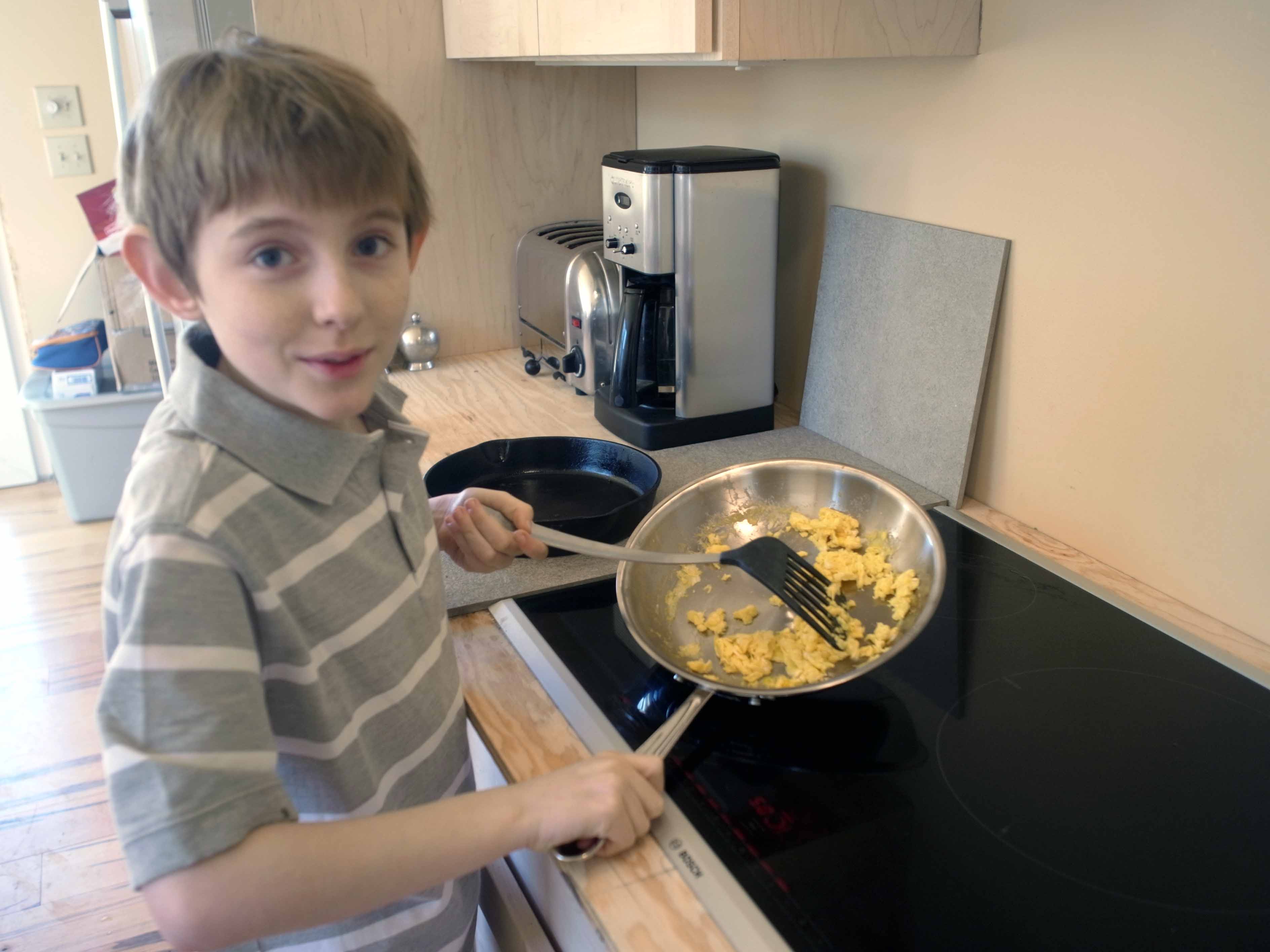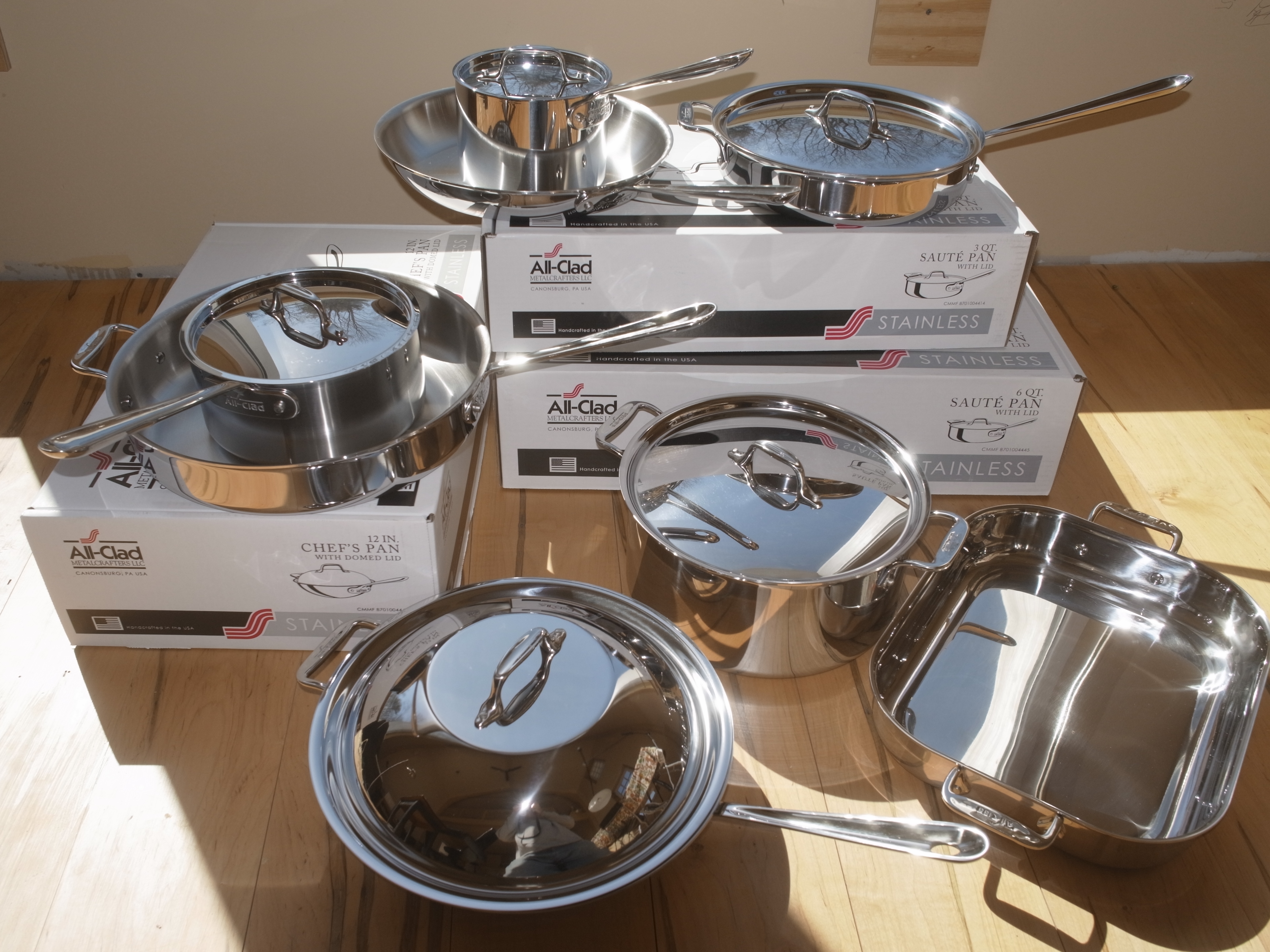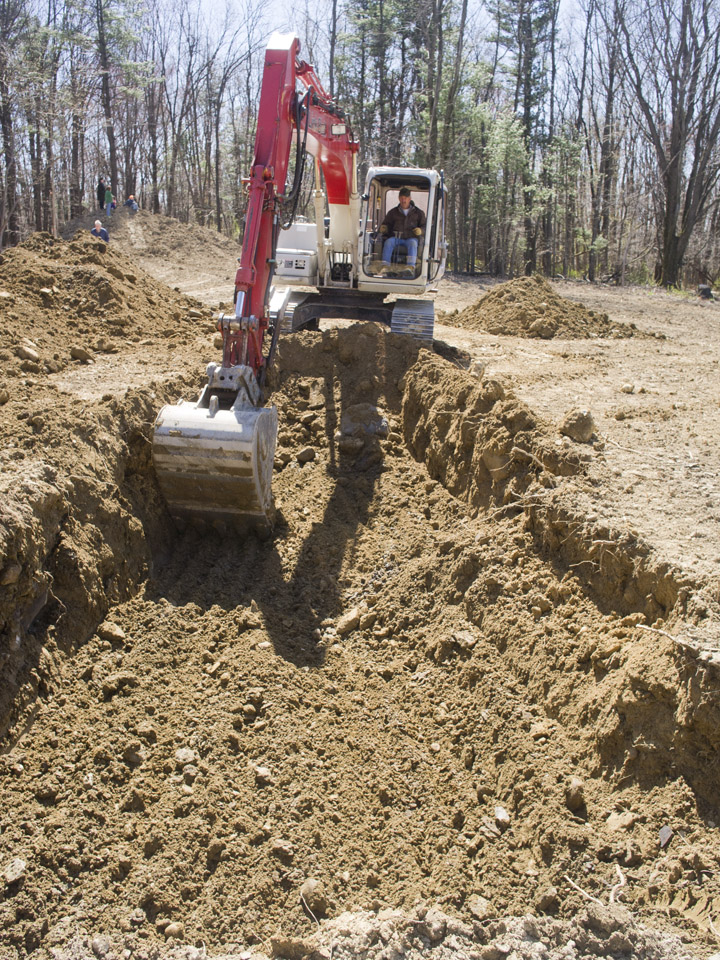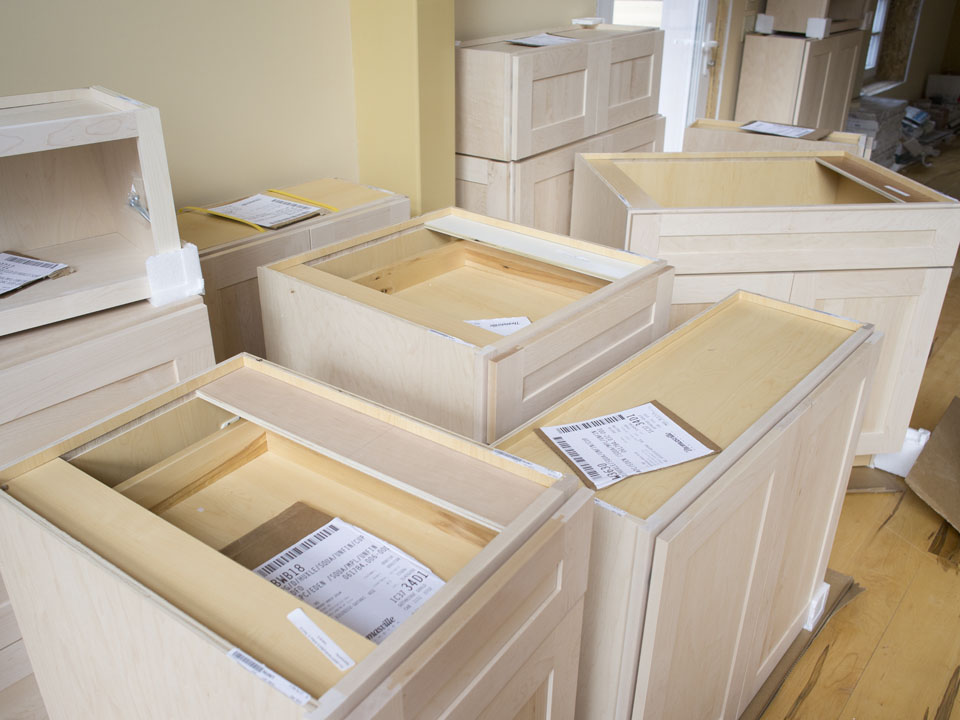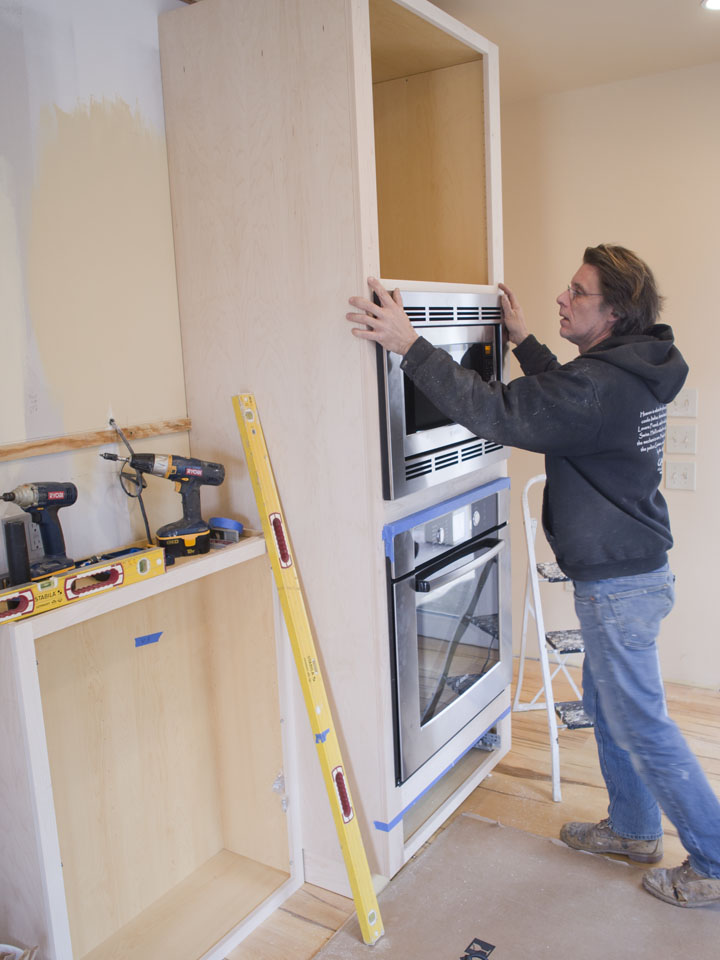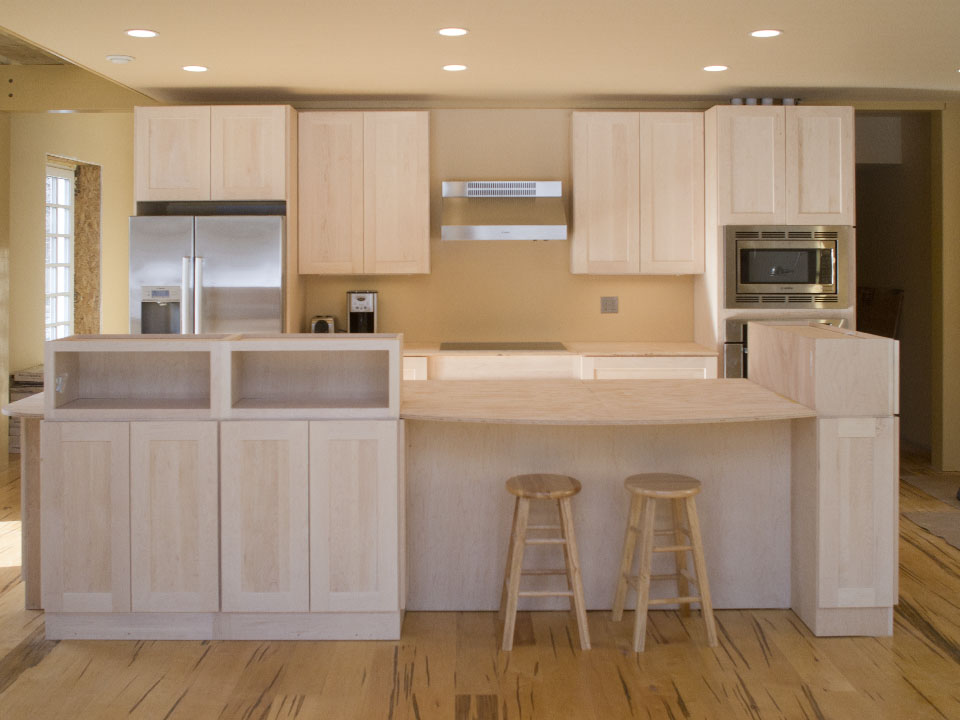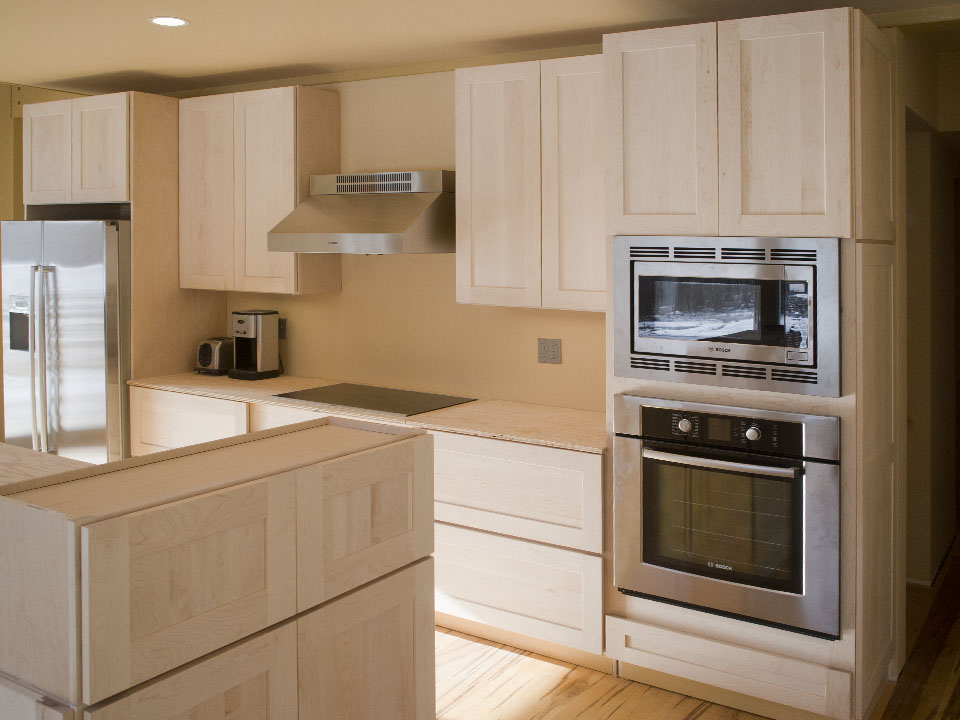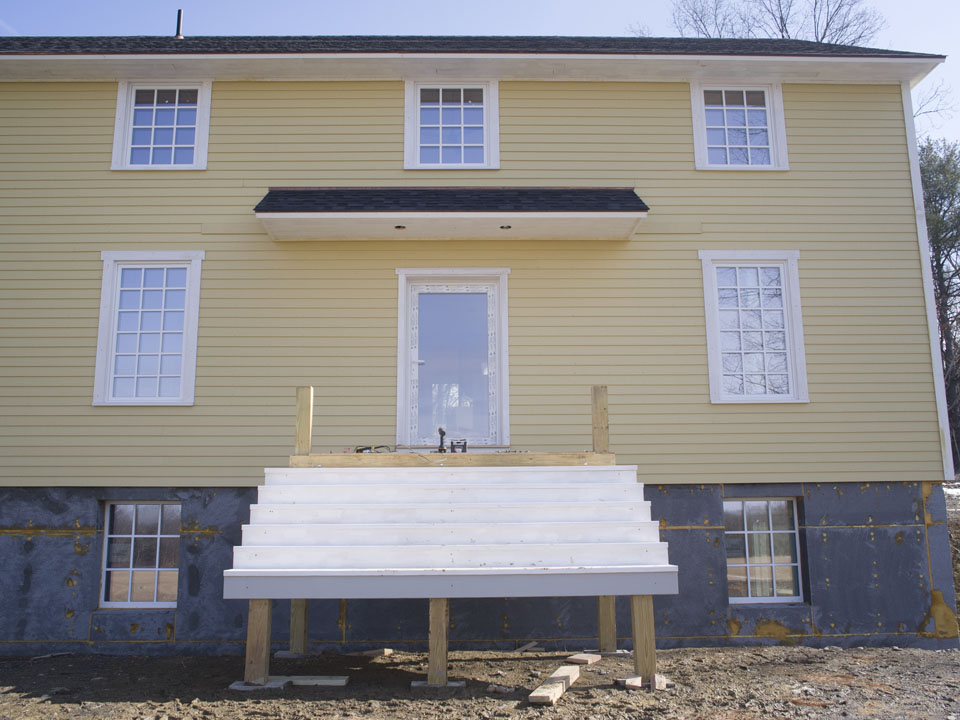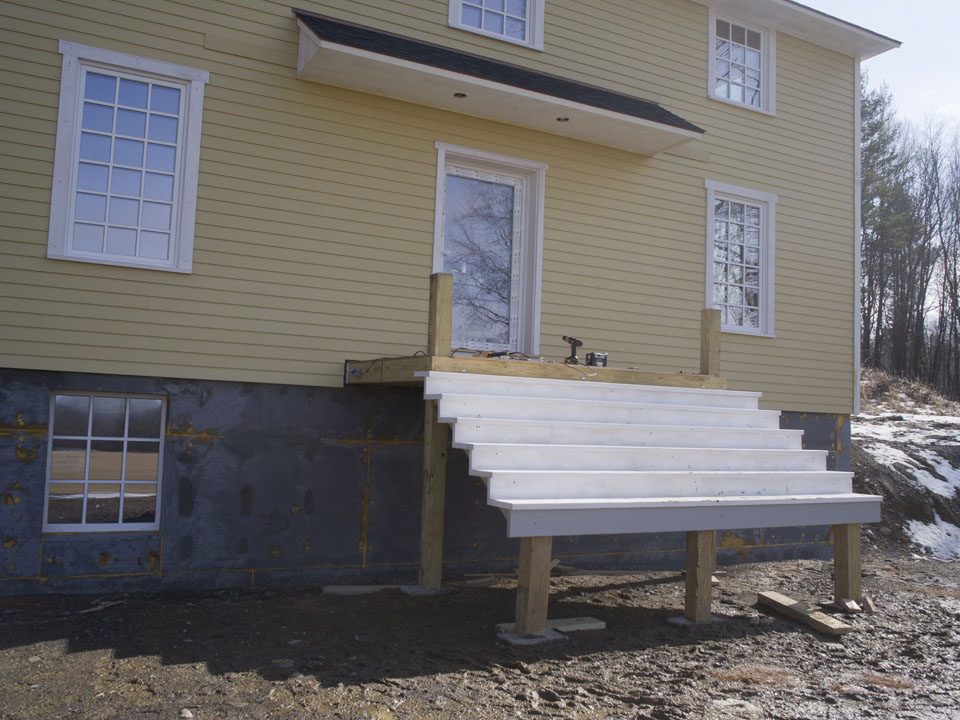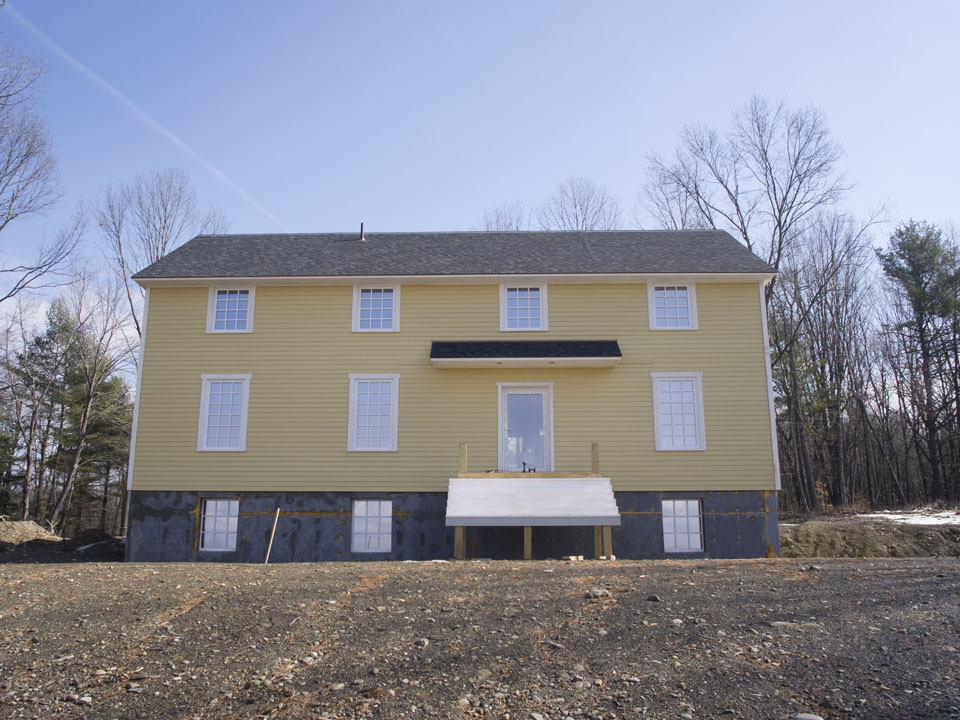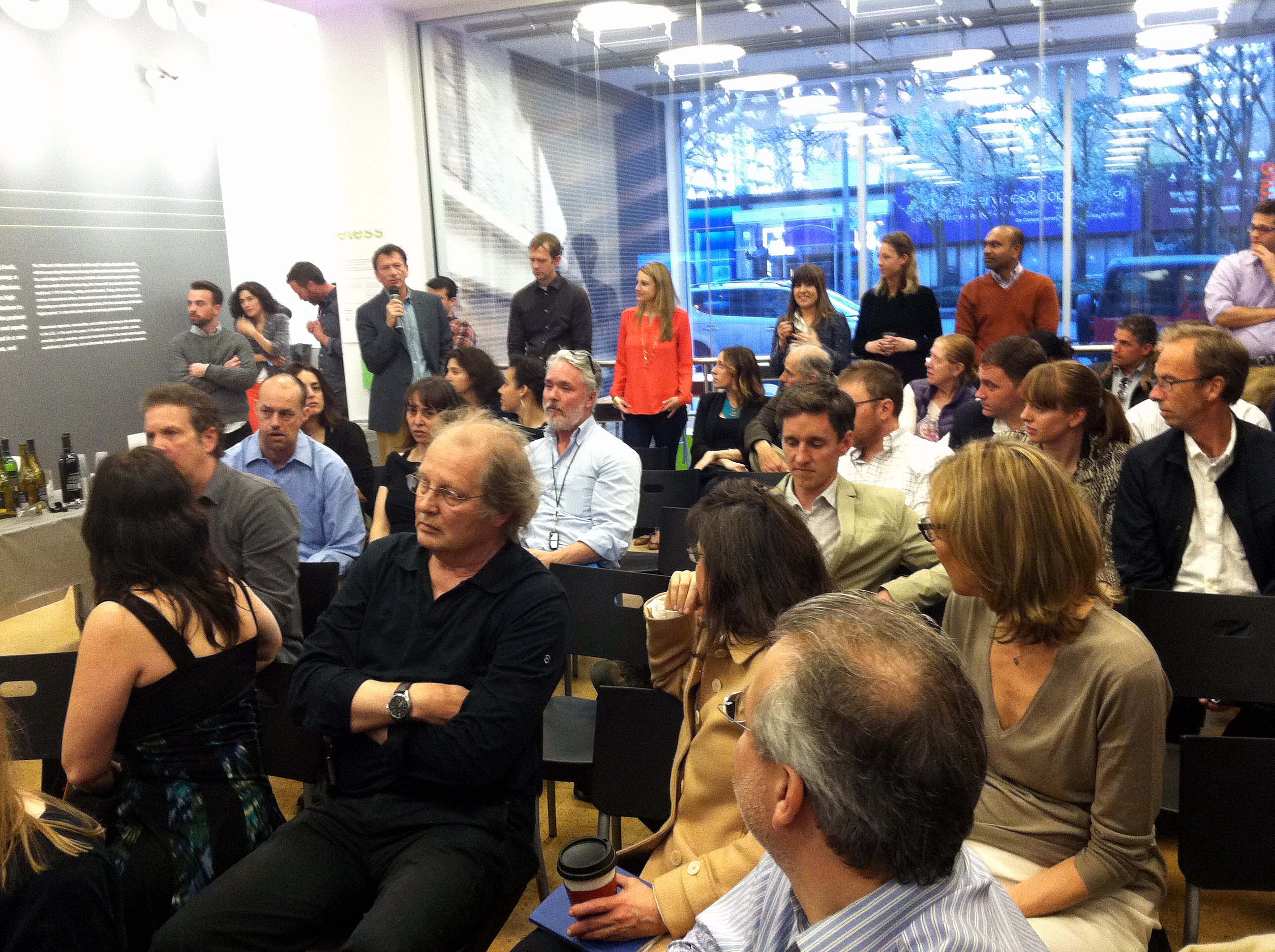 What’s going on in Columbia County? Six very different building projects are applying the world’s highest energy standard under the care of BarlisWedlick Architects in a rural upstate New York community where kids raised on apple orchards and dairy farms attend schools with names like Ichabod Crane. BarlisWedlick presented the six projects at an event organized by New York Passive House April 17th at the Center for Architecture in Manhattan.
What’s going on in Columbia County? Six very different building projects are applying the world’s highest energy standard under the care of BarlisWedlick Architects in a rural upstate New York community where kids raised on apple orchards and dairy farms attend schools with names like Ichabod Crane. BarlisWedlick presented the six projects at an event organized by New York Passive House April 17th at the Center for Architecture in Manhattan.
Who’s behind this hotbed of Passive House activity? Visionaries who invested in a spec house/research project, the head of a nonprofit organization providing low-income housing, the owner of a private company seeking healthy office space, the Pastor of a church to be sited north of Kinderhook, homeowners midway into transforming a 150-year old barn, and homeowners on the verge of Passive House certification (that’s us). Each one of the projects was represented in person – including ours, because Susan took the day off while Chris remained on Daddy Duty and painted the kitchen cabinets. It was a chance to look beyond our four (R-49) walls to the larger Passive House community. Shared objectives among the projects include energy efficiency, comfort and air quality.

